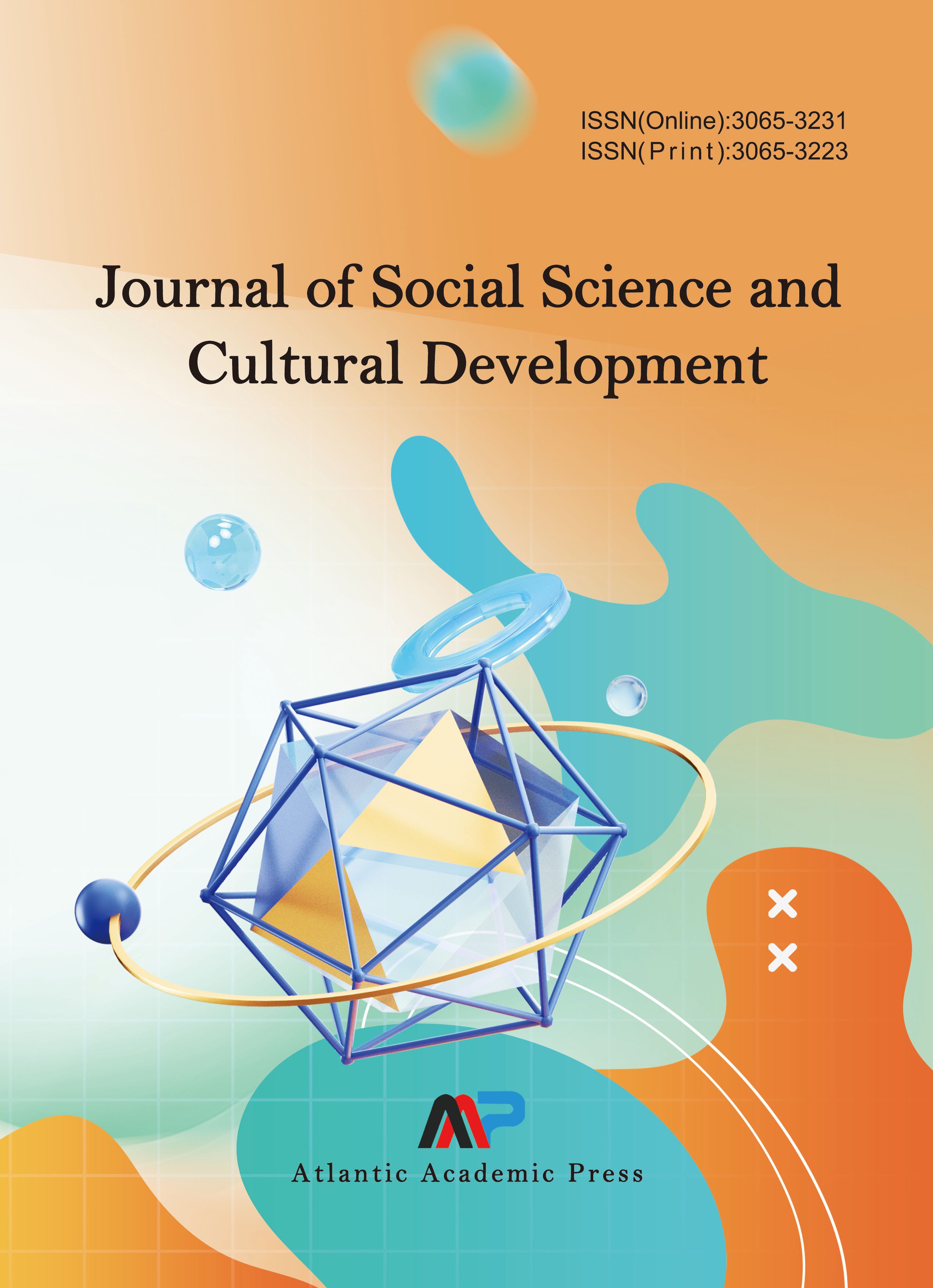A Study on the Mechanism for Revitalizing Classic Repertoires of Song and Dance Troupes
DOI:
https://doi.org/10.70767/jsscd.v2i3.605Abstract
As theatrical arts continue to evolve, how song and dance troupes maintain the artistic vitality of their classic repertoires amid changing times has become a significant topic in contemporary performance studies. This paper focuses on the mechanism of “revitalization through repeated performance,” exploring how classic repertoires achieve ongoing renewal across multiple dimensions, including textual structure, stage language, and audience-performer dynamics. The study identifies the sources of this revitalization in the cultural encoding and openness embedded within the textual framework, the dynamic evolution of stage language, and the reshaping of audience-performer relationships driven by shifts in audience reception logic. Furthermore, by employing theoretical dimensions such as “difference within repetition” and the form–perception synergy structure, the paper constructs a semiotic model and structural mechanism for sustained revitalization, revealing a dynamic balance between structural stability and reproducibility. The findings suggest that the negotiation between “classicality” and “modernity” serves as a crucial driving force enabling the continuous evolution of repertoires within various temporal contexts, offering both theoretical references and practical insights for the recreation and revitalization of contemporary theatrical productions.
Downloads
Published
Issue
Section
License
Copyright (c) 2025 Journal of Social Science and Cultural Development

This work is licensed under a Creative Commons Attribution-NonCommercial 4.0 International License.




